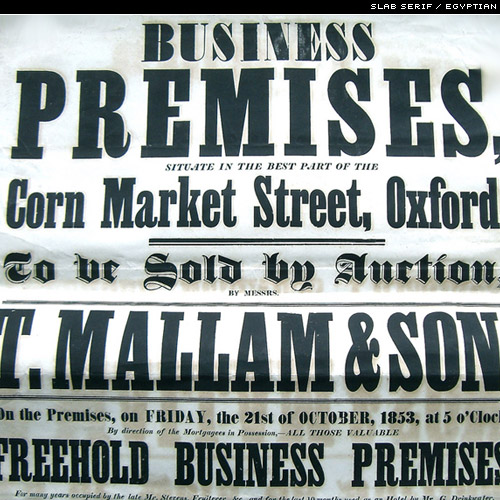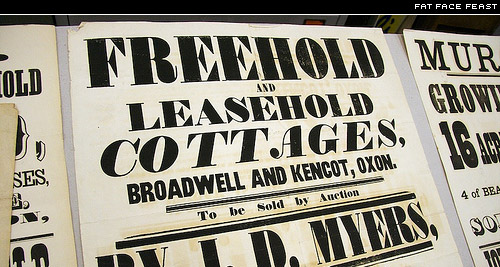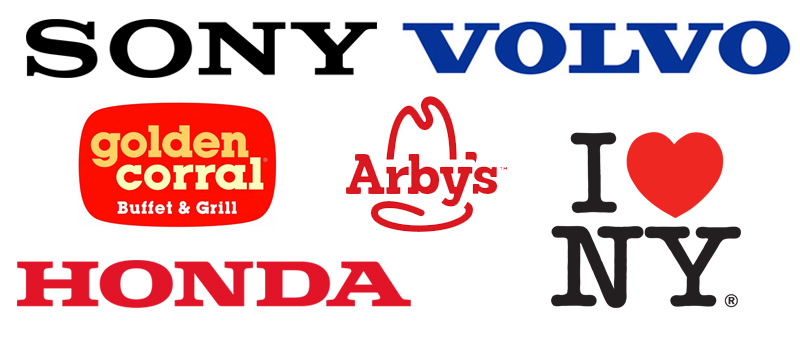After the lecture on the industrial revolution, I was interested by how the rise of industry led to the pervasiveness of advertising and its subsequent effects on graphic design. After some research, I found out that the rise of poster bills was in part also caused by heavy taxation restricting the press in England. In addition, literacy rates were not high and newspapers pandered to the rich and elite class, which made poster bills a more efficient and effective way to reach a mass audience for their products.


As the use of poster bills became widespread, advertisers had to invent new ways of catching the public’s eye – and thus the typefaces created in the early 19th century were heavily decorative, designed to stand out from the sea of posters in the streets. These typefaces included fat face type, slab serif typeface and various other ornamental typefaces.

In the years following the Industrial Revolution, these typefaces continued to be used widely for advertising, book design and printed arts in the 20th century. The fat face had international appeal, and typeface makers across Europe created display types such as the Ratio Modern, Sphinx and Falstaff well into the 20th century.
These eye-catching, big typefaces are still in use in today. Little has changed in terms of the typeface, and it seems that the display typefaces are clearly still in fashion today.
